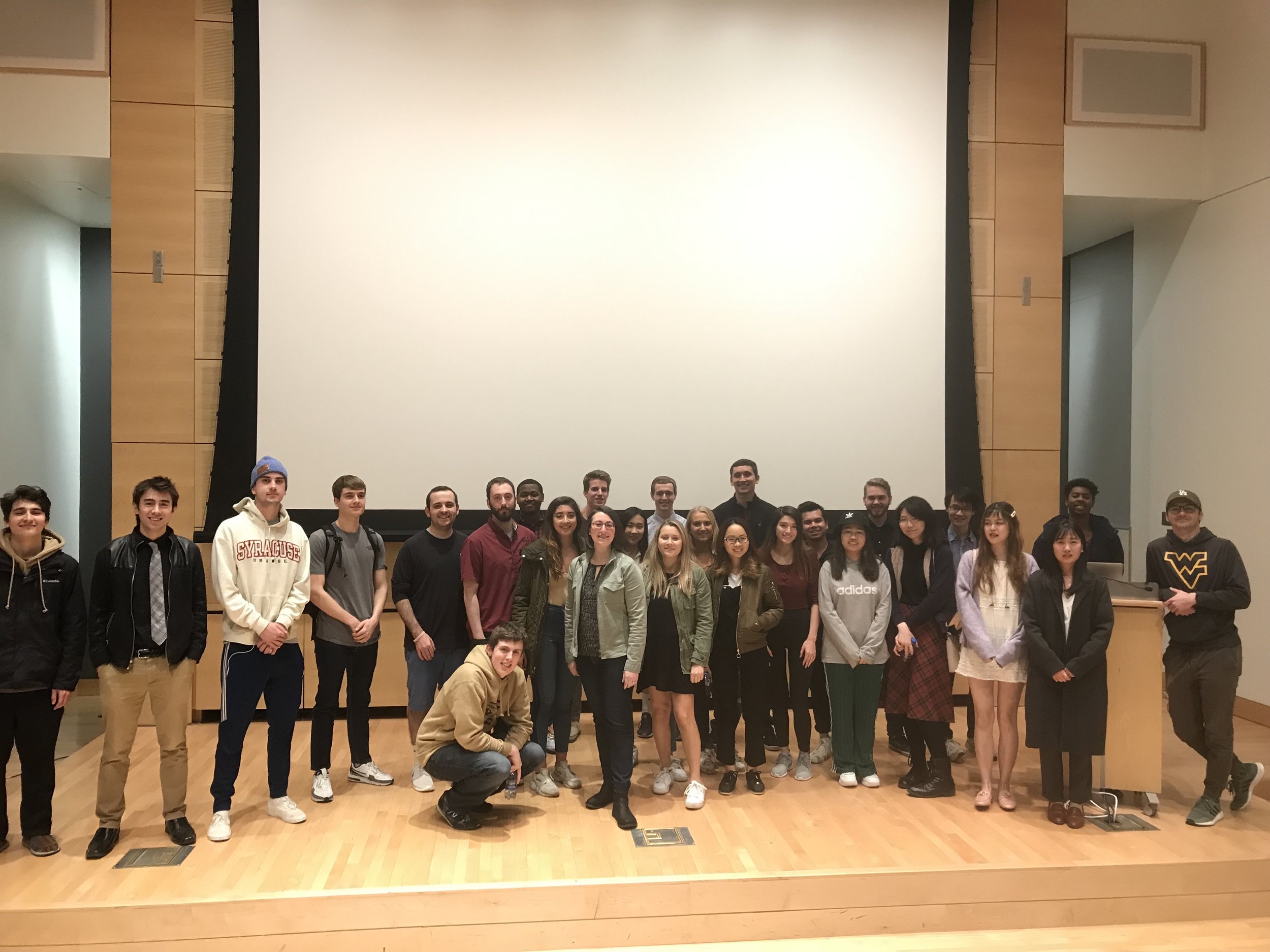visual effects analysis

This mini-course explores Visual Effects techniques utilized in Photo Real and Fully Animated projects.
Students will not be learning software or creating projects in this course.
Instead, students analyze behind-the-scenes videos from the best real-world projects of the previous year, learning about awards season and voting procedures, plus engaging in live discussions and debate over the course of one weekend.
overview
The Visual Effects Society (VES) Awards are presented to the highest-achieving projects in the world of visual effects. Each nominee prepares a reel to showcase their work that is being considered. There are various nomination categories for Film, TV, and commercials that cover the following basic categories:
outstanding visual effects — outstanding supporting visual effects — outstanding animated character — outstanding created environment — outstanding virtual cinematography — outstanding model — outstanding effects simulations — outstanding compositing and lighting — outstanding special effects
In the Visual Effects Analysis course, students meet for a weekend during the voting period for the VES awards. First, they are given a basic overview of visual effects techniques and terminology so that they can properly discuss and analyze work over the next few days.
Next, students watch through the reels of all of the nominated projects. After watching the reels for each category, students are encouraged to debate which reel deserves the award most. They must explain their reasoning and try to convince their classmates why they should support the same project. The class then votes and decides which nominee will receive an actual vote towards the VES award.
Typically, a guest speaker who was involved in one of the nominated projects joins the course. They can help answer students’ questions about the work that was featured in the reel, their exact role in contributing to that project, and their experiences in the industry overall.
By the end of the weekend, each student will leave with a greater knowledge and appreciation for the art of visual effects and how it is used in the content that they consume.
(1 credit) – TRF 510 (Spring Only)



